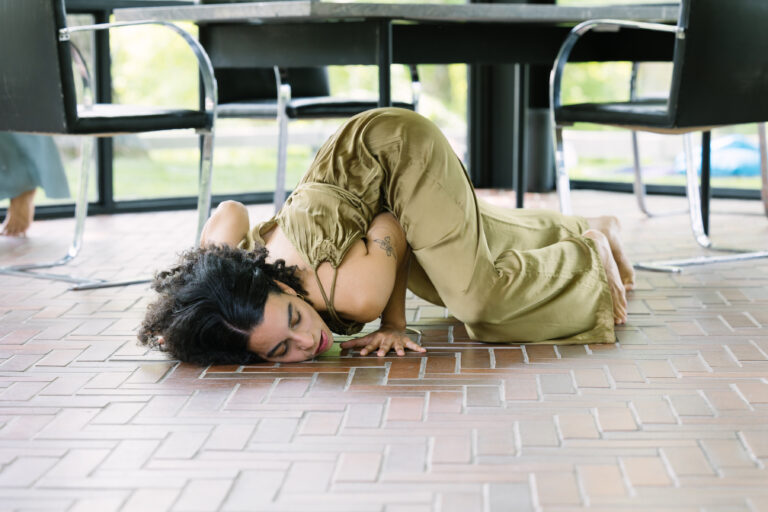
As we wade through a global pandemic that has threatened the financial livelihood of live performance, dancers and dance educators are faced with questions of sustainability.
How do we sustain ourselves if we cannot make money while performing? What foods are healthy for our bodies and fit within a tight unemployment budget? How do we tend to the mental, emotional and spiritual scars of the pandemic when we return to rehearsal and the stage?
The pandemic has highlighted this shared truth for dance artists: While we’ve been trained to dedicate our lives to the craft of art-making, we lack the knowledge to support ourselves when crisis hits. While we may have learned much about performing and creating dance in our college curriculums, most of us were not taught the answers to these questions of sustainability, or even those that come up in the normal life of a dance artist, like how to apply for a grant. Indeed, even before the pandemic, far too many dance artists faced abuse, harassment, mental health challenges, financial stress and other issues that they weren’t equipped to deal with.
In 2017, inspired by the fact that dance curriculums so often hyper-focus on making and performing art but leave out the task of supporting an artistic life, choreographers David Thomson and Kate Watson-Wallace created The Sustainability Project, which seeks to create and expand discourse addressing the gap between technical and performance knowledge, and the knowledge that supports a healthy, sustainable life.
Since 2018, The Sustainability Project has been offered as a course called Artists’ Sustainability at the Pratt Institute’s Performance & Performance Studies graduate program, open to students of all disciplines at the undergraduate and graduate levels. The course incorporates goal-setting workbooks, discussions and projects that model artistic life postgraduation, like getting a grant funded, complete with artistic statements, proposals, budgets and a panel review.
Pratt isn’t the only school to begin addressing this hole in their curriculum. At Shenandoah University, for example, Rebecca Ferrell has students in her first-year seminar for dance majors create personal and artistic budgets, and identify their personal and professional support systems.
We still have a long way to go, however, until this kind of learning is embraced as an essential part of any dance curriculum. Thomson says that while dance artists and students have embraced The Sustainability Project, school administrators have been reluctant to incorporate life-learning courses into their programs.
But if college isn’t the time for this learning, when is the time? The fast-moving, demanding and exhausting life of an artist often does not leave space to learn new skills, such as balancing a budget, conflict resolution or creating a nutrition plan. And without these tools, dance artists often won’t be able to put to use the artistic skills that their college programs focused on. (You can’t show off your great training if you haven’t been taught how to find a job, for instance.)
As the dance field struggles to survive the pandemic, it’s more important than ever that dance education demystifies the working life of dance artists. Dance students are already taught to prevent injuries for the sake of their body’s sustainability. Let’s start thinking of dancers’ careers the same way. As Thomson put it, “Would you send your child out into a snow storm with a pretty coat, hat and scarf without any shoes?”



